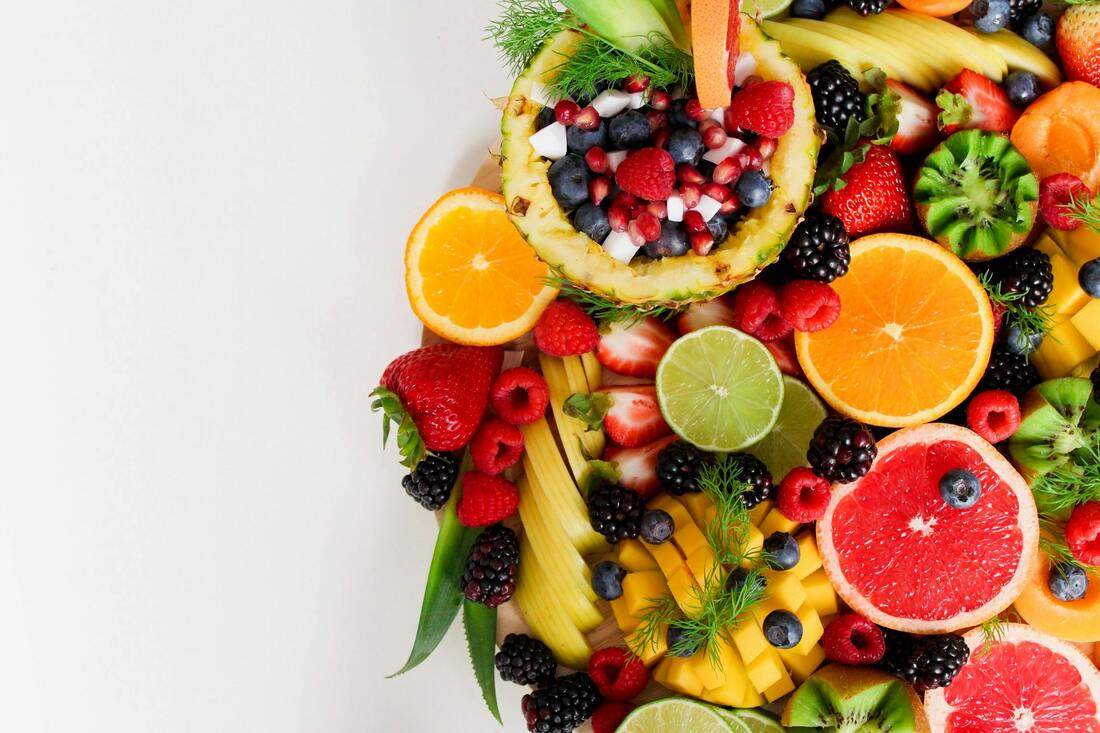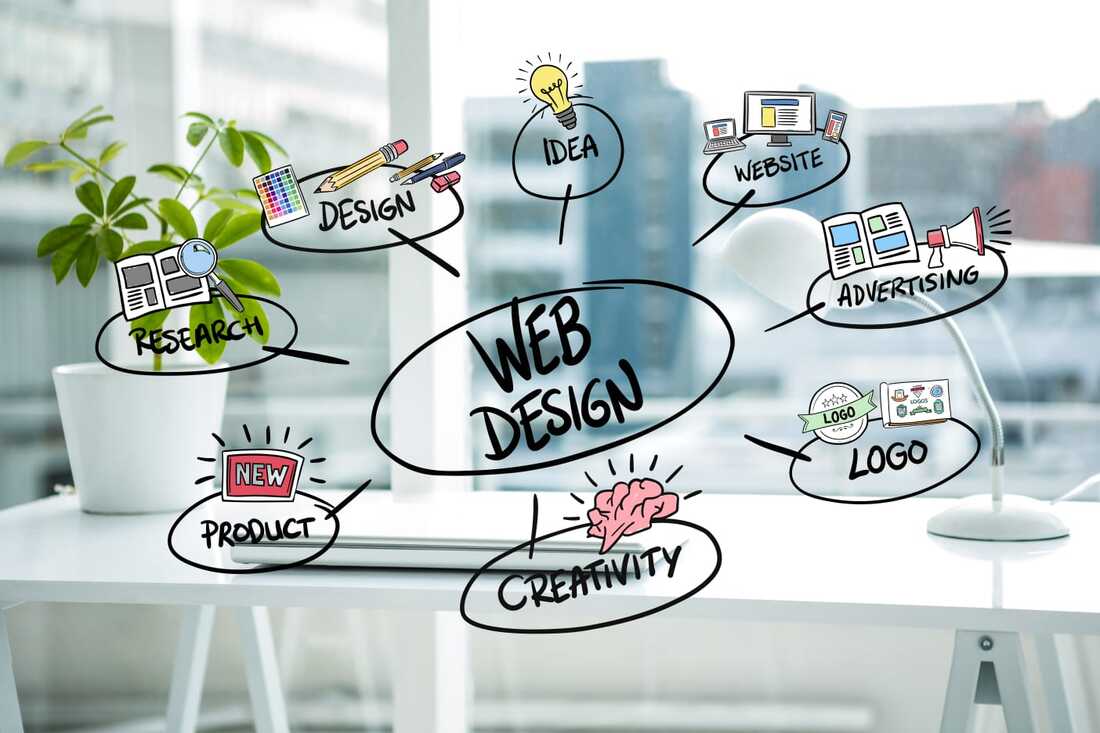 With Earth Day quickly approaching on April 22, consumers might want to consider upcycling leftover food or buying upcycled products to help the planet. Upcycling food uses leftover food waste, scraps or ingredients in an innovative way to create new products and minimize the impact on the environment. In recent years, upcycling food has not become a trend, but it is also a way of ensuring food scraps doesn’t go to waste. Did you know……
To celebrate Earth Day, Allen Marketing Communications, Inc, a boutique food and beverage public relations agency based in New York City, showcases ways upcycled foods are creating new products for the environmentally conscious consumers. Upcycled Cheese Powders Kerry Group has a new environment-conscious upcycled cheese powder. The upcycled cheese powder is made from excess cheese,gathered from storage constraints, that won't be used in production in time before it spoils. The upcycling process comes from dehydrated cheese powders that are kept for a longer period of time than whole cheeses. Bake Me Healthy Vegan Products Bake Me Healthy makes upcycled vegan products such as brownie mix, muffin mix, waffle mix, and even cupcake mix. The products are gluten-free, glyphosate-free, and NON-GMO and they are packed with protein, fiber, and iron. The products use upcycled sunflower protein flour that’s made from the pulp leftover from sunflower oil production. Salt & Straw Upcycled Ice Cream Flavors Salt & Straw has partnered with five brands to create five ice cream flavors using such as leftover pulp from nuts, oats, and soymilk. Popular upcycled ice cream selections are listed below.
Fancypants Upcycled Cookies Fancypants is an upcycled cookie brand that has three flavors – vanilla oat milk, chocolate chip and double chocolate chip.
ReGrained ReGrained uses leftover barley malt from brewing beer and turns it into products such as pasta, cookie dough, and puffed snacks. Popular ReGrained Puffs flavors are Mexican Street Corn, Texas Pit BBQ, Urban Garden, and Aged Sharp Cheddar. Upcycled foods presents innovative ways to create new products using leftover food scraps and food waste. Our team of food and beverage public relations and social media strategists are here to help companies bring their food products to market. By Britney Castillo at Allen Marketing Communications, Inc. Photo credit: Pexels
0 Comments
Design thinking is a strategic approach that focuses on understanding consumer demands and creating web solutions to address them by providing an intuitive, appealing, and responsive website that also offers a satisfying user experience. Design thinking combines creativity, sensitivity, understanding and problem-solving skills. Regardless of what the name suggests, design thinking is not exclusive to designers.
The dynamic world of web design is constantly evolving, developing user-centered solutions that tackle challenging website-related issues. Our partner agency, Yukti Digital introduces you to design thinking, a modern approach to problem-solving that places a strong emphasis on gathering creative concepts, analyzing user needs, and iterating based on feedback. What Is Design Thinking And Website Usability? Design thinking is about empathizing with users, understanding their problems/issues, defining their needs, and iteratively prototyping solutions to solve their problems effectively. In a nutshell, design thinking in the world of web designing is instrumental in creating websites that prioritize usability, accessibility, and engagement. It helps developers understand consumer needs and desires and produce visually appealing and user-friendly websites for companies. With such an approach, web designers can create websites that not only meet users' needs but also delight and inspire them. The six stages of design thinking are: comprehend, define, ideate, prototyping, testing, and implementation. Comprehend It is quintessential to understand the desires and wants of your target audience and how they want to see and experience your website. First of all, you must be aware of who they are as your customer. Identify your target audience and determine goals, job titles, demographic data, pain spots, and behavioral patterns to create a website that better suits their wants. Conduct user research to learn more about the habits and preferences of your target audience. Proper methodical surveys, interviews, and usability testing are helpful tools for this. In the end, the main goal is a website that is user-friendly and intuitive by using consumer behavior data. Consider the following question to spearhead the research:
Definition Start learning your target audience's characteristics and needs. Conduct user research, polls, and interviews to learn their preferences, habits, and difficulties they face on your website. Identify the business objectives such as:
In this stage, designers can blend the insights gathered and give a structure to the current problem statement and user requirements. By clearly defining the problem, designers can ensure that their solutions are targeted and effective. Ideation Designers and developers brainstorm together while investigating several options and paths to accomplish their projects. At this stage, you can let your imagination run wild and try out everything feasible that comes to your team’s mind. Encourage everyone to submit their thoughts and ideas without the fear of judgment to consider them wisely. Now select the most promising ideas after you've gathered all of the others. The process of choosing and honing the best concepts produced during the brainstorming session is called ‘Ideation’. The emphasis is on choosing the concepts that most closely fit the website's design aims and objectives. This phase encourages thinking outside the box, fostering innovation and creativity. Prototyping The design thinking processes of prototyping are quite crucial and have a big influence on how effective your final web design can be. To get input from potential users before launching your final product, prototyping entails building a smaller version of it. During this stage, website designers can get helpful feedback and make instant changes to the design before the final release. This editing time and money as well. This time gives you a fantastic approach to experiment with various layouts and design choices to find what best suits the user. So, don’t be afraid to run feedback loops in your team and consumers, and don’t hesitate to make your prototype as quick and spontaneous as it can be. Let the real thinking begin! Testing Now, designers can measure the prototype's success and improve it by tracking user comments and engagement. During this phase, data and insights that can guide design decisions are gathered through user testing, and other user research techniques. In this phase, feedback can be used to improve the user experience, polish the design a little more, and provide a more efficient web design. Analytical tools such as Google Analytics can also help to improve your website. You can monitor user behavior on your website, including where users click, how long they spend on a page, and which sites they visit most frequently. Implementation Designers enter the implementation phase, where they convert their prototypes into fully functional web designs, after fine-tuning the solution based on previous user feedback and metrics. There are many measures available to assess how well your Design Thinking method has worked or working in web design. Bounce rate and conversion rate are some of the popular metrics that designers use. A high bounce rate indicates that the website is not interesting or user-friendly enough to keep users on it. On the other hand, a high conversion rate suggests that users are being successfully navigated toward the desired action by the website's intuitive design. To bring the design to life, developers, content producers, and other stakeholders may need to work together during this phase. At Allen Marketing Communications, Inc., our design thinking experts collaborate with your brand managers to understand your target market and organizational objectives. We apply that understanding to create a user-focused, performance-driven website design that accomplishes your marketing goals. By Sanjay Poddar, chief executive officer, Yukti Digital and a consultant for Allen Marketing Communications, Inc. Social media marketing is an effective tool to build brand awareness and community engagement with customers. Consumers are using social media platforms to gather information about products and services and even shop online.
Did you know . . .
To effectively engage your brand’s audience and generate productive results, social media marketers need to stay up to date on the current trends. Allen Marketing Communications, Inc. a boutique travel and lifestyle public relations firm based in New York City spotlights current social media trends to help brands grow their business. Longer Form Video Content Video marketing continues to reign supreme, captivating audiences with its dynamic and engaging content. From short-form videos on platforms such as TikTok and Instagram to longer-form content on YouTube and Facebook, video content has become the preferred medium for staying up to date with news, trends and entertainment. Longer videos have been promoted on TikTok with one-minute and then 10-minute movies. Recently, TikTok has started testing 30-minute videos. Marketers can experiment with long-form videos and connect with their audience on a deeper level and drive higher engagement and conversion rates. Social Commerce Revolution Social commerce has made it easier for brands to sell products directly to their audience with shoppable posts, in-app checkout, and live shopping events, on platforms such as Instagram, Facebook, and TikTok. In fact, TikTok has transformed the way consumers shop online especially with the hashtag #TikTokmademebuyit. According to Mordor Intelligence, “the size of the social commerce market is projected to be 1.18 trillion dollars at the end of 2024 and grow to 4.14 trillion dollars by 2029.” Marketers should embrace social commerce:
Influencer Marketing Evolution With Micros And Nanos Influencer marketing puts authentic human voice, experience and connection to our social media posts, making it more valuable than other marketers to connect with consumers. Influencer marketing is moving towards micro and nano influencers who have smaller but highly engaged followers. Micro and macro influencers allow brands to connect with specific demographics and drive more meaningful interactions. Augmented Reality (AR) Experiences & AI Assistance Augmented Reality (AR) provides users with immersive and interactive experiences on social media platforms, revolutionizing social media marketing strategies. Brands are utilizing AR to craft unique and captivating experiences that connect with their target audience, ranging from virtual try-on features to AR filters and lenses. Artificial Intelligence (AI) analyzes the data behind user interactions with AR experiences and helps to improve marketers’ strategies. This data is invaluable for marketers, allowing them to understand user preferences, refine AR campaigns, and measure their effectiveness. Interactive and Playful Content For Improved Engaging Rate Social media users are increasingly engaging with interactive and playful materials. Interactive content, such as games, challenges, and polls, promotes sharing and involvement, increasing user engagement and brand recognition. Brands can create unique and powerful messages that connect with their audience and entice them to choose them. 6. Personalized Content And Messaging Personalized content creation and messaging are now crucial for breaking through the clutter and grabbing your audience’s attention in an era of information overload. Brands can customize their content to match the unique requirements and preferences of their audience segments by utilizing data and analytics. On the other hand, social media marketers should be aware that too much personalized content feels manipulative for the customer. Therefore, social media marketers can add new ideas and diverse perspectives to elevate their audience's social progress and make them feel more curious and positive about the brand. Social Listening And Customer Management Social media is an effective tool for listening to your audience and having productive and meaningful interactions in addition to being a broadcast platform. Brands can strengthen their ties and create a feeling of community with their audience by keeping an eye on social media channels and promptly responding to customer requests, feedback, and remarks. Companies can utilize the power of AI to enhance customer service with more responsive chatbots and emails. In 2024, maintaining consumer satisfaction and managing brand reputation while upholding AI usage ethics can strengthen the brands and marketers’ social listening and customer management grip. Our social media strategists are here to help companies build brand loyal, engaged customers. Contact us today. By Joanna Allen, chief executive officer, Allen Marketing Communications, Inc This year, health-conscious consumers are inspiring beverage companies to introduce new products, as well as reevaluate their product extensions with creative, wellness-focused products. Consumers crave functional beverages with health benefits, as well as creative flavors to quench their thirst.
Did you know . . .
Beverage producers are now experimenting with flavors to appeal to palates of diverse consumers who are embracing floral-infused waters or fiery ginger elixirs. In addition, components such as hemp and CBD (without the euphoric effects of THC.) are finding their way into drinks, providing medicinal benefits and relaxation. In this blog, Allen Marketing Communications, Inc., a boutique PR firm specializing in food and beverages, showcases key beverage trends shaking up the industry. Functional Beverages Functional beverages have become popular with health-conscious consumers: these beverages contain vitamins, minerals, herbs, probiotics, botanical extracts, and other bioactive substances to boost energy and improve health. Popular functional beverages include kombucha, energy drinks, sports drinks, fortified water, and various ready to drink teas and coffees. This year, new functional beverages will help to reduce stress and to boost one’s immune system. For instance, probiotic- and prebiotic-enriched beverages are gaining popularity especially among Millennials and Gen Z because they support digestive health and a balanced population of gut flora. No To Zero Alcohol Beverages No to zero-alcohol beverages are growing in popularity with health conscious consumers who are embracing mindful drinking. According to IWSR Drinks Market Analysis, “the global market for no-alcohol beverages will grow at a +7 percent CAGR to reach a value of $24.7 billion by 2025.” The IWSR's study reveals “only a limited number of companies are serving the low- and no-alcohol sector. For instance, low- and no-alcohol brands account for .5 percent of the US total alcohol market.” Zero Sugary Drinks Health conscious consumers are embracing zero sugar drinks. “The global market for low- and no-calorie beverages will grow to 6.7 percent CAGR from 2023 to 2030, bringing the total projected value to an astounding $340.24 billion.” (Source: Grand View Research) In response, beverage companies are investing more in the creation of low- or zero-sugar beverage options to cater to this demand. Sustainability And Eco-Friendly Packaging Consumers are searching for beverages that are not just healthy but also good for the planet. To meet this demand, beverage companies are investing in environment-friendly sourcing methods, cutting down on packaging waste, and bringing recycled packaging materials such as compostable and biodegradable containers. This year, the beverage business continues to adapt and evolve to meet the ever changing tastes of consumers. Our food and beverage boutique PR firm can bring creative flavors to the forefront in the lucrative beverage industry. Contact us today. By Joanna Allen, chief executive officer, Allen Marketing Communications, Inc. |
Archives
July 2024
Categories |
HoursM-F: 8:30 am - 6 pm
|
Telephone(917) 371-3753
|
|
Quick LInks |



 RSS Feed
RSS Feed